I have a following problem - I need to integrate such a function in Mathematica (I couldn't post an image, so I am writing it in latex form):
G(r)= \int_{0}^{\infty} dq f(q)*q*sin(qr)/r
To obtain function G(r) dependable on r. Nevertheless I don't know the analytical form of f(q), instead I have set of values of f(q) and for q. So I'd like to make a some kind of numerical integration, but to receive not a value afterwards, but a curve of G(r).
